Then and now: take a look at chicken and egg farming in Lancaster villages
and live on Freeview channel 276
Until the 1860s, in the Lune Valley most poultry for meat and eggs were kept domestically.
Farmers’ wives often oversaw their upkeep and sold surplus eggs locally for pin money.
Advertisement
Hide AdAdvertisement
Hide AdMany different breeds were kept, including Rhode Island Red, Black and White Leghorn, Light Sussex and White Wyandotte.
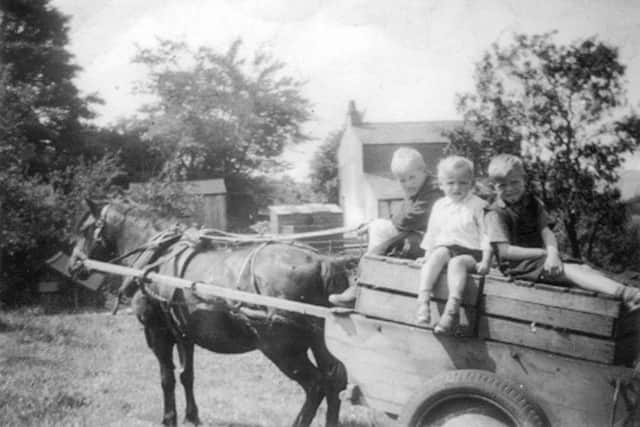

Breeds were often crossed in the hope that it would increase egg production.
From the middle of the nineteenth century, Britain saw a dramatic expansion in poultry keeping.
After the repeal of the Corn Laws in 1846, cheap grain for feed became available from America whilst from 1900 cheap timber from Canada and the Baltic was
Advertisement
Hide AdAdvertisement
Hide Adincreasingly available for constructing thousands of hen huts.
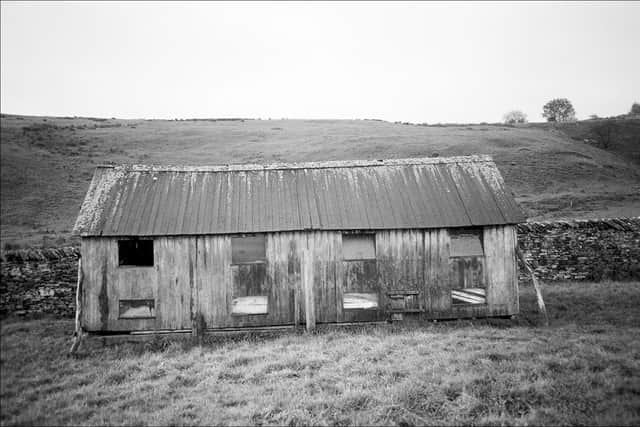

Poultry keeping as a part-time occupation was much practiced in Lancashire at this time.
The Lune Valley had many workers who subsidised their incomes in this way.
Land for hen huts could be rented from local farmers or smallholdings could be purchased for the rearing of poultry.
Advertisement
Hide AdAdvertisement
Hide AdHens were fed and watered in the morning before the poultry keeper went to work and again upon his return in the evening.
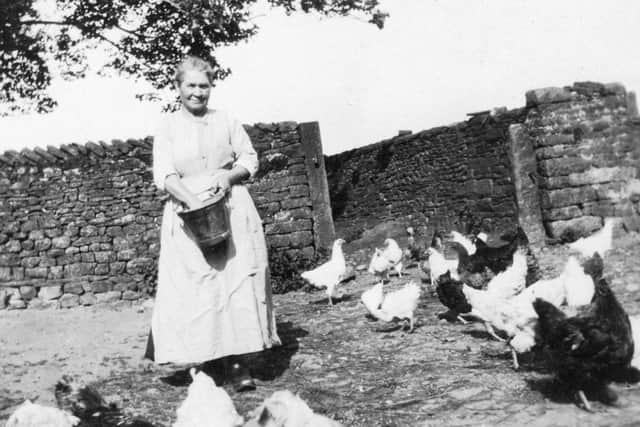

In the dark winter months, the poultry keeper would use paraffin-burning ‘storm lanterns’ for illumination.
More laborious tasks, such as clearing out the huts, would be carried out during weekends.
Until the start of the World War Two, most larger poultry keepers hatched their own eggs in incubators on the farm.
Advertisement
Hide AdAdvertisement
Hide AdHowever, the opportunity to buy day-old chicks from specialist hatcheries was becoming more popular.
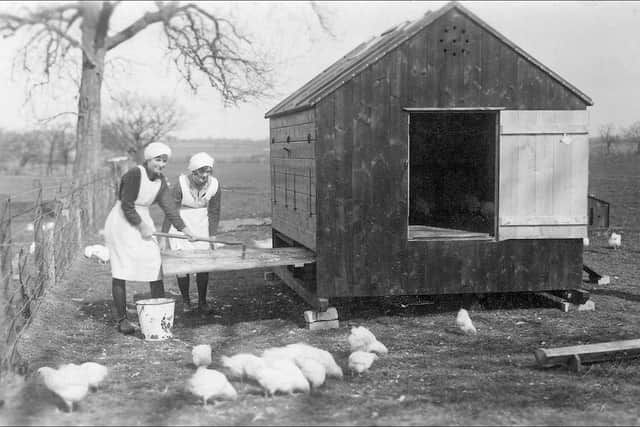

This trend was facilitated by the railways, which enabled chicks to be delivered all over the country.
When the poultry keeper received the day-old chicks, they were placed in a ‘hover’.
This piece of equipment was fitted with a paraffin burner to give warmth to the small chicks.
Advertisement
Hide AdAdvertisement
Hide AdLater, the ‘box brooder’, which contained hay for insulation, was used.
In the early days of poultry keeping, the way hens were fed was a contentious issue.
Generally, hens would just have grain put in a trough in the poultry house.
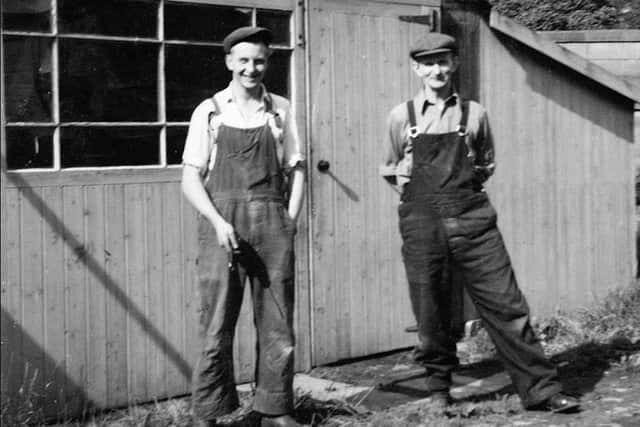

As a treat they would occasionally be given maize, which was known as Indian corn.
This was simply scattered around for hens to find.
Advertisement
Hide AdAdvertisement
Hide AdSome poultry keepers favoured feeding hens wet mash in the morning and dry mash in the evening.
Eventually, however, the feeding of dry mash as and when required, rather than to a set schedule, became the accepted method.
My grandfather kept poultry and made his own feeding hoppers from timber and tin.
They had a lid that opened when a hen stood on the step to feed.
Advertisement
Hide AdAdvertisement
Hide AdHe used cotton reels and string to enable hens to open and close the lid.
As a young lad I was proud of my grandfather’s ingenuity.
From around the end of World War One, many of the pasture fields in the Lune Valley were used for keeping poultry.
Numerous fields had lines of huts stretching their length with hundreds of happy hens foraging far and wide for food.
One problem facing keepers of free-range hens was foxes.
To prevent attacks, hens would be securely locked in their huts during the night and only let out during daylight hours.
Advertisement
Hide AdAdvertisement
Hide AdThis task was often assigned to a young village lad or lass in return for pocket money.
The largest expansion of poultry keeping took place during the interwar years (1918-39).
Most joinery workshops in the Lune Valley turned out hundreds of poultry cabins during this period.
Harry Dodgson’s workshop at Hornby was one of the largest manufacturers of poultry cabins in the Lune Valley.
Advertisement
Hide AdAdvertisement
Hide AdThe premises were located next to Wenning Bridge on land that is now the village car park.
Demand fell sharply upon the start of World War Two as the government imposed a restriction upon the number of poultry an individual could keep.
Poultry feed was rationed and the use of timber for hen houses was forbidden.
It was not until timber rationing ended in the 1950s that there was a resurgence of local farmers keeping poultry.
Advertisement
Hide AdAdvertisement
Hide AdThis later increase in poultry keeping led to the business of local egg collection.
Collectors went from farm to farm each week in a lorry before dropping off the eggs at a local packing station where they were tested and graded.
By the 1970s, more cost-effective ways of keeping poultry were coming into use.
These included the deep litter system in which thousands of hens were kept in huge buildings and only cleaned out once a year.
Advertisement
Hide AdAdvertisement
Hide AdThe much-maligned battery system, which kept hens in wire cages, was also becoming more popular during this period.
Thankfully, since 2012, keeping hens in battery cages is no longer allowed.
Hens must have access to outside the poultry house.
Recently there has been a resurgence in keeping poultry domestically, with huts, feeders and small chicks readily available.
However, the sight of lines of poultry houses stretching across the pasture fields of the Lune Valley is now just a memory.